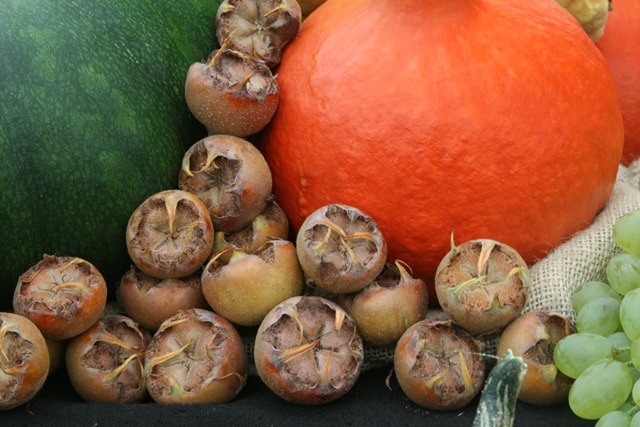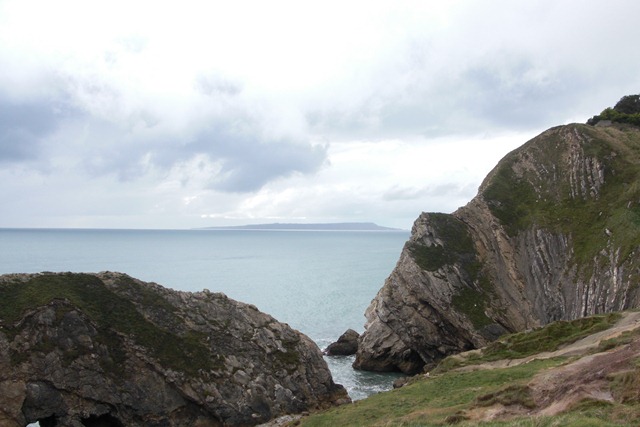There has been much excitement over David Cameron’s use of the veto at the recent European negotiations over rescuing the Eurozone. For people that don’t like Cameron for political reasons these are obviously the worst of times, for a large fraction of his Tory backbenchers these are the best of times.
The problem the Eurozone has is that when the system was set up some members lied through their teeth to meet the convergence criteria which allowed them entry and none of them where prepared to comply with the constraints on their fiscal policy (tax and spending) after the Eurozone had formed. Now, when times are difficult, these shortcomings have become very obvious. The solution towards which the rest of Europe are heading is to treat the Eurozone as a proper national economy with a European Central Bank which takes on the mantle of a national central bank and a degree of fiscal discipline not yet common across the member states. This would weaken the powers of the constituent nation states.
Sarkozy’s comments are quite clearly self-serving, he wishes to portray the UK veto as a result of of Cameron trying to protect the City because that is the French see the cause of the problem as the Anglo-Saxon economic model, not the Greek economic model. Angela Merkel’s position is a little more subtle: she would probably really welcome a UK that stood alongside Germany at the heart of Europe but she has her own problems with the German constitution which limit her flexibility in fully throwing her weight behind the Euro.
I have long been a pro-European and given the choice I would have taken the UK into the Euro at the very beginning, but that didn’t happen because John Major negotiated an opt-out and then Tony Blair and Gordon Brown (more the later than the former) kept us out of the Euro. These days I have my doubts, I can see a Euro zone with a core membership of nations I would trust to run a whelk store running quite nicely to the benefit of all concerned but that’s not the situation we are in now.
This attitude is reflected in the following passage in the Liberal Democrat 2010 manifesto:
The European Union has evolved significantly since the last public vote on membership over thirty years ago. Liberal Democrats therefore remain committed to an in/out referendum the next time a British government signs up for fundamental change in the relationship between the UK and the EU.
We believe that it is in Britain’s long-term interest to be part of the euro. But Britain should only join when the economic conditions are right, and in the present economic situation, they are not. Britain should join the euro only if that decision were supported by the people of Britain in a referendum.
The Guardian has leapt to it’s tired, old Nazi collaborator meme (here) in its description of Nick Clegg. To be fair there have been a lot of tired, old Nazi memes (appeasement being the favoured route of the right and some Lib Dems). It’s somewhat ironic that effectively the demand is that Nick Clegg must exercise a veto over David Cameron to not exercise a veto. For the enemies of the Liberal Democrats they will never be able to do any right in coalition: these enemies will laud the original policies of the Liberal Democrats (which often they did not vote for) and demand every one is implemented, and that the Coalition must fall if these demands are not met.
David Cameron has put himself into a tricky position in part through his own actions – withdrawing from political groupings in the EU, and reforming with only the most fringe characters, and in part through the party he inherits: John Major said he could here the sound of “flapping white coats” as one of them approached. Cameron did make the only decision he could: any treaty agreed would face parliament where it would lose because the Labour Party would side with a large Eurosceptic wing of the Tory party and even if it passed that hurdle it would fall at a referendum.
The Labour Party find themselves in an interesting position though, they cannot say they would support the current treaty proposal. Resorting only to the famous route directions: “If I was going there I wouldn’t start from here” but actually the relationship with Europe has changed little in the 18 months since the general election.
For other nations in Europe, to use the old breakfast analogy: the chicken has an interest, the pig is committed. All the other non-Eurozone countries are on some sort of track to join the Euro – we, uniquely, are not. This has been the case since before the election and it remains the core of our issue. Cameron’s posturing to satisfy his eurosceptic wing is not helpful, and a better statesman would perhaps have achieved some consensus outside the core Eurozone countries but fundamentally this is window dressing and the other members of the EU are already on a different track, they have been for years.














